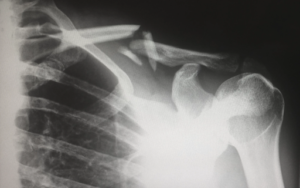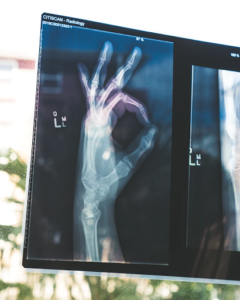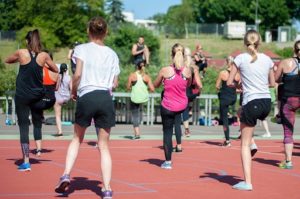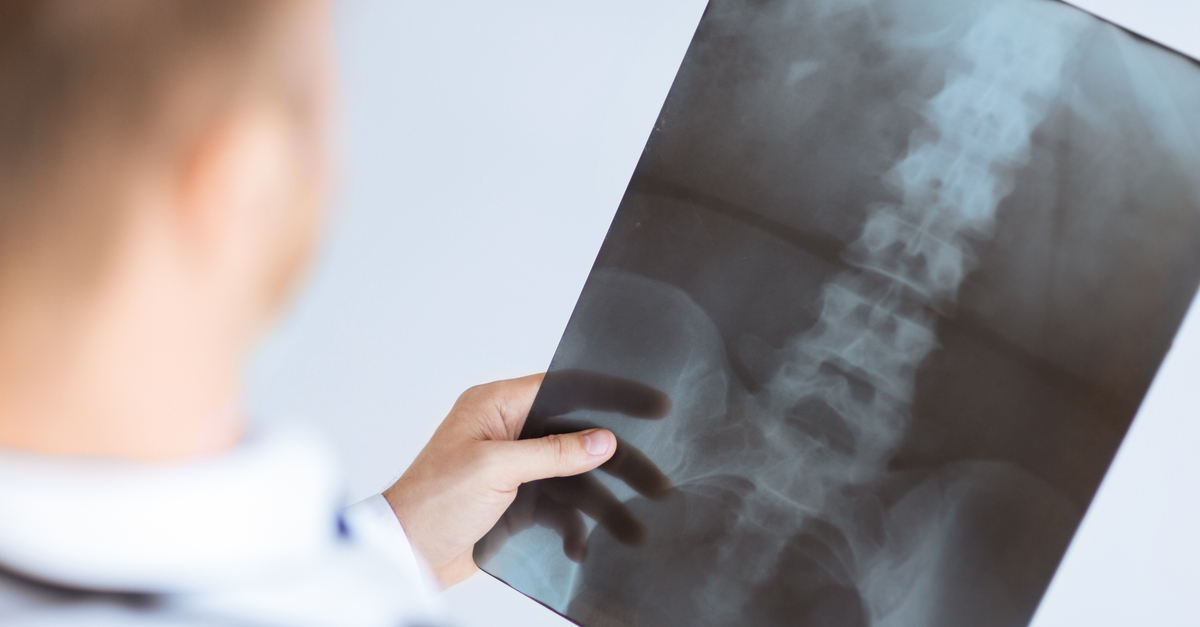How to Keep Your Skeleton Healthy
When you think about skeletons, you might think about Halloween and the plastic skeleton hanging somewhere in your yard right now. Most people don’t think about their own bones until they experience a break or other bone-related problems. October 20 is World Osteoporosis Day, so October is the perfect time to talk about your skeleton. Osteoporosis can be a scary problem, but there are things you can do to keep your bones healthy.

What is Osteoporosis?
Osteoporosis occurs when a person’s bones have lost density and are fragile and prone to breaking. In a person with advanced osteoporosis, breaks can occur spontaneously, without any impact. Many people don’t know they have osteoporosis until they experience a break. Early-stage osteoporosis can often be reversed, but the later stages usually have a poor prognosis.

Who is at Risk?
Postmenopausal women of caucasian and Asian descent are at the highest risk for osteoporosis, but no one is immune. Hormones are one of the main drivers of the disease. Low estrogen levels in women and low androgen in men are key risk factors. Women over the age of 65 and men over the age of 70 should be screened for osteoporosis. Earlier screening may be required if you have other health problems that put you at a higher risk of developing the disease.

What can I do to Prevent or Treat It?
No one thing can prevent or treat osteoporosis. Nutrition, hormonal balance, and exercise all play a role in the formation of the disease. Let’s take a closer look at these three factors:

Diet
As we discussed in our last article about children’s bone health, nutrition during the teenage and young adult years can impact your risk for osteoporosis later in life. Most women reach their peak bone mass by the age of 25. The denser your bones are, to begin with, the longer they will stay healthy as you age. A diet rich in calcium, vitamin D, and other bone-building nutrients during your years of growth will help you to develop denser, healthier bones.
If your twenties are behind you and memories of your college diet make you cringe, don’t worry, it’s not too late to give your bones what they need. Make sure your diet includes plenty of fruits, vegetables, and low-fat dairy products. Leafy greens contain all kinds of nutrients that are great for your bones and your overall health. If you can’t stand Kale, it’s OK. Experiment with different greens until you find something you like.
In addition to eating healthy food, avoid tobacco products, and limit your alcohol and caffeine intake. All these substances contribute to bone loss.
Ideally, most of your nutrition should come from food, but if you have been told that your bones are starting to thin, you should take a supplement in addition to eating a healthy diet. Women over 50 and men over 70 should be getting 1200 mg of calcium a day, and at least 600 IUs of Vitamin D. Talk to your doctor about how much of these nutrients you should be taking in supplement form.

Hormones and Medication
Hormones play an essential role in bone building. Even if you have enough nutrients, low estrogen or androgen can keep your body from using those nutrients to build bone. Studies have shown that women who use estrogen replacement therapy during and after menopause have a significantly lower risk of developing osteoporosis. Of course, estrogen therapy is not for everyone and may not be safe when used long term.
Fortunately, there are a variety of hormone treatments available for postmenopausal women. Selective estrogen receptor modulators, known as SERMS, provide a safer alternative for women who can’t use estrogen therapy. If you see a holistic doctor or an herbalist, they may be able to recommend natural options for increasing your estrogen levels. We recommend that you talk to your doctor and research all of your options to find what’s right for you.
If you are in the later stages of osteoporosis, hormone therapy and diet may not be enough. You might need a medication specifically designed to treat osteoporosis. This class of drugs is called Bisphosphonates. These drugs help to remineralize bones, but they are not well tolerated in everyone, so discuss the pros and cons with your doctor.

Weight-Bearing Exercise
Exercise is another critical factor in preventing and treating osteoporosis. Weight-bearing exercises like walking, jogging, weight lifting, and most sports strengthen bones. This is because when you do activities that cause your muscles to pull on your bones, your body responds by increasing bone density.
Even if you are under 40, making weight-bearing exercise a part of your routine is essential. Remember, an ounce of prevention is worth a pound of cure. If you have been told that you have osteoporosis or osteopenia (pre-osteoporosis), weight-bearing exercise should be a part of your treatment plan. People who have had osteoporosis-related bone breaks or who have severe bone thinning should talk to their doctor about how to exercise safely.
If exercise isn’t a part of your routine right now, start slow by taking a walk every day. Gradually increase the distance that you walk as you become more fit. If your doctor says it’s OK, you could add in some weight lifting exercises. Look online or at your local video store for videos of weight lifting routines designed for people in your age group. Even ten minutes a day can make a difference in your bone health. If you are healthy enough, consider playing a sport. Outdoor sports have the added benefit of exposing you to sunshine, the best source of vitamin D.

